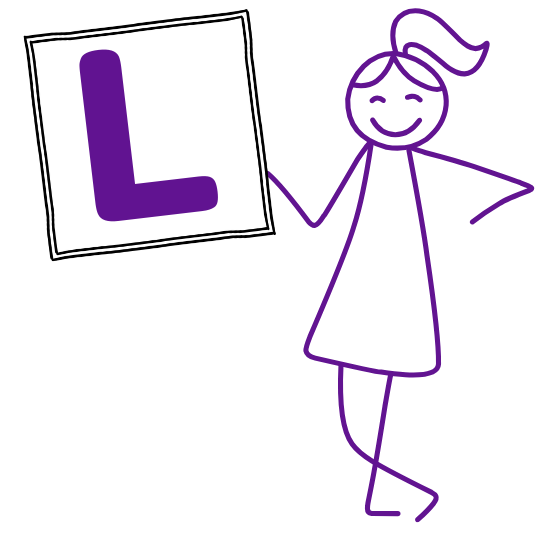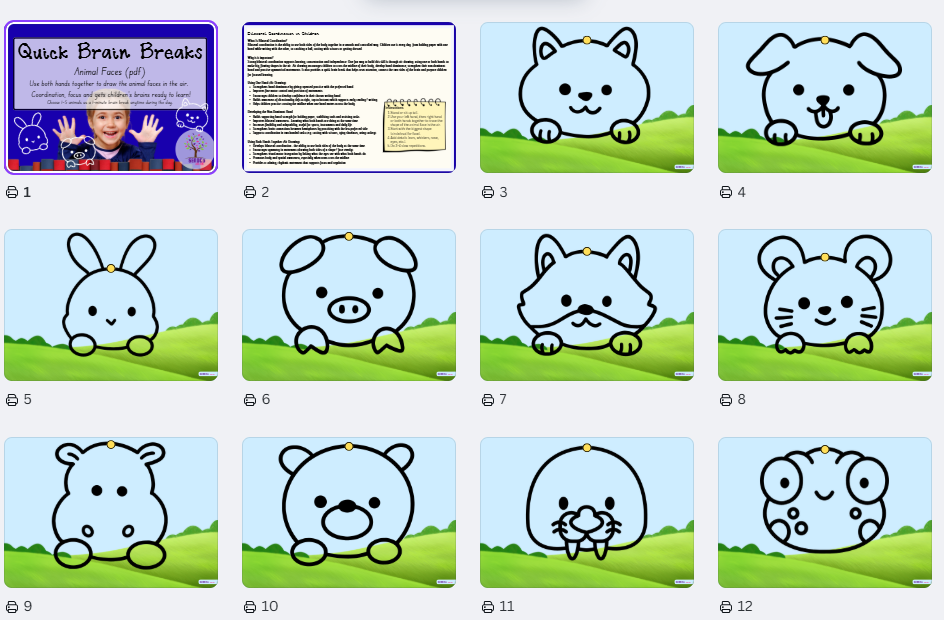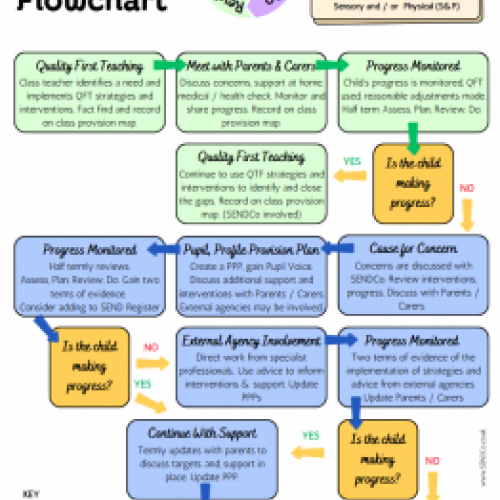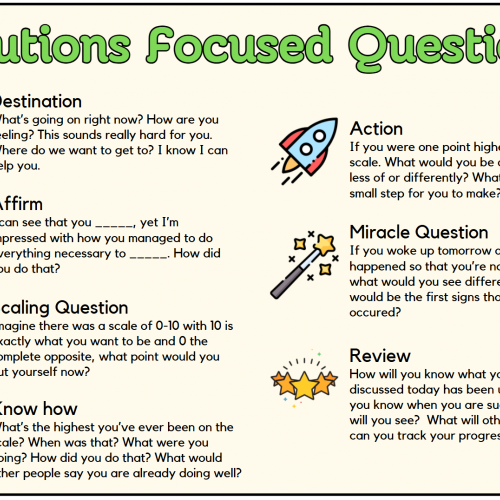Download a pdf or play from Youtube |
|
Download a pdf here Watch from YouTube here |
Bilateral Coordination in Children
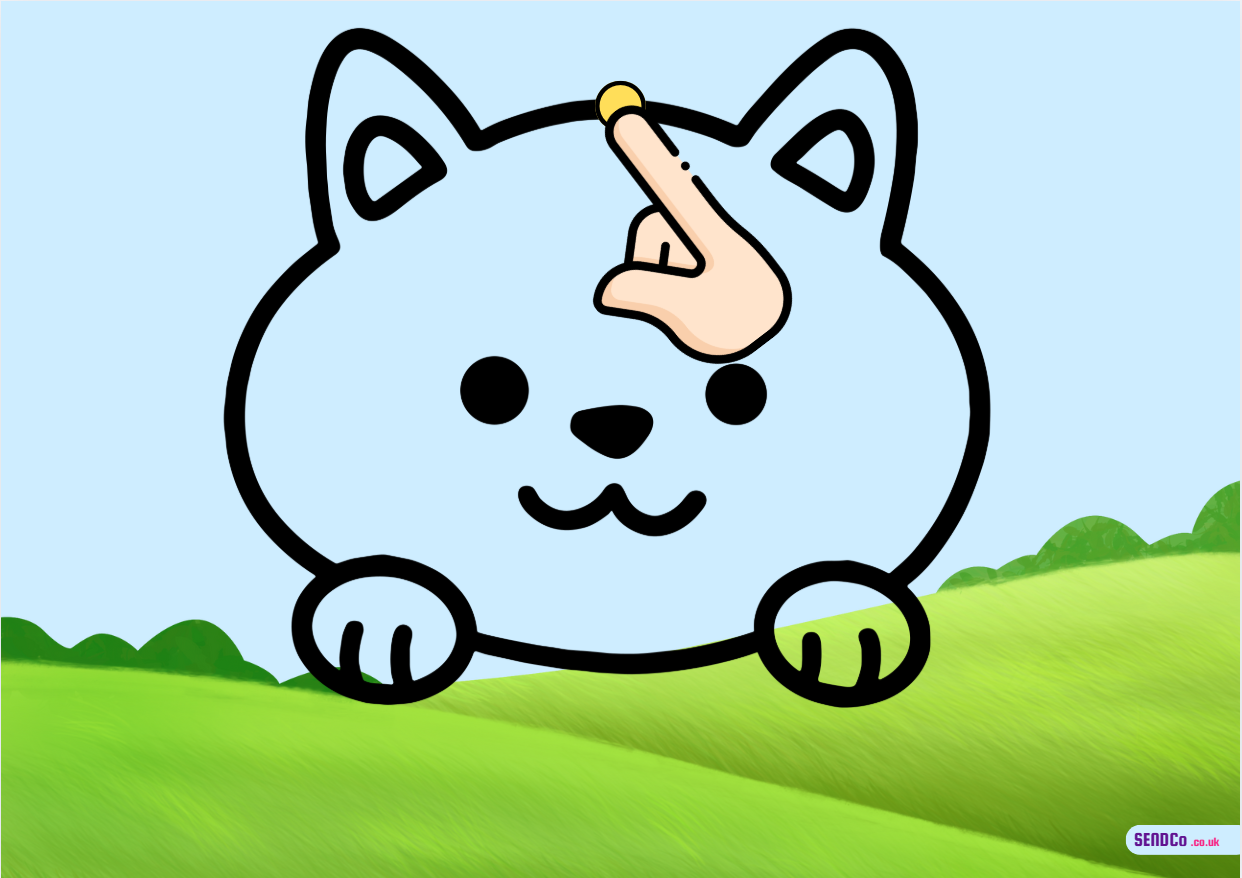 What Is Bilateral Coordination?
What Is Bilateral Coordination?
Bilateral coordination is the ability to use both sides of the body together in a smooth and controlled way. Children use it every day. from holding paper with one
hand while writing with the other, to catching a ball, cutting with scissors or getting dressed.
Why is it important?
Strong bilateral coordination supports learning, concentration and independence. One fun way to build this skill is through air drawing: using one or both hands to
make big, flowing shapes in the air. Air drawing encourages children to cross the midline of their body, develop hand dominance, strengthen their non-dominant
hand and practise symmetrical movements. It also provides a quick brain break that helps reset attention, connect the two sides of the brain and prepare children
for focused learning.
Using One Hand (Air Drawing)
Strengthens hand dominance by giving repeated practice with the preferred hand.
Improves fine motor control and precision of movements.
Encourages children to develop confidence in their chosen writing hand.
Builds awareness of directionality (left-to-right, top-to-bottom) which supports early reading / writing.
Helps children practice crossing the midline when one hand moves across the body.
Developing the Non-Dominant Hand
Builds supporting hand strength for holding paper, stabilising tools and assisting tasks.
Improves bilateral awareness - knowing what both hands are doing at the same time.
Increases flexibility and adaptability, useful for sports, instruments and daily life.
Strengthens brain connections between hemispheres by practising with the less-preferred side.
Supports coordination in two-handed tasks (e.g. cutting with scissors, tying shoelaces, using cutlery).
Using Both Hands Together (Air Drawing)
Develops bilateral coordination - the ability to use both sides of the body at the same time.
Encourages symmetry in movement (drawing both sides of a shape / face evenly).
Strengthens visual-motor integration by linking what the eyes see with what both hands do.
Promotes body and spatial awareness, especially when arms cross the midline.
Provides a calming, rhythmic movement that supports focus and regulation

